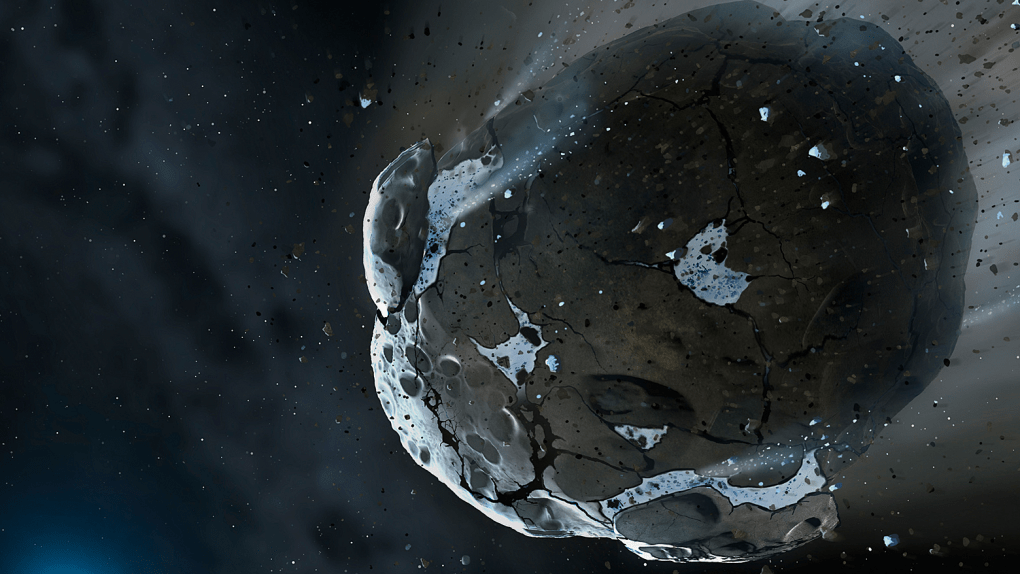If you’re reading this, the Earth is intact. That’s good news, since a pair of asteroids made some reasonably close approaches to our planet this morning. The rocks, named 2019 QS and 2019 OU1, both safely sped past Earth on their way around the Sun.
Of the two rocks, QS is the smallest, measuring between 30 and 60 meters in width. OU1 is quite a bit larger, and is estimated to be as large as 170 meters across. Neither object meets the “planet-killer” criteria, but both of them could do a fair amount of damage depending on where an impact took place.
NASA does a really good job of keeping track of all potentially hazardous objects that enter our neck of the cosmic woods. A massive database of all those rocks is available online, with updated forecasts and info on the size of each object, when it’s expected to pass by Earth, and at what distance those passes will happen.
A scenario where a massive, Earth-killer space rock appears out of nowhere is incredibly unlikely, even if that’s what we’ve come to expect from over-the-top science fiction disaster flicks. Still, even smaller objects can cause serious damage if they appear in the skies above a populated area.
Back in 2013, an asteroid measuring roughly 20 meters in width entered Earth’s atmosphere above the Chelyabinsk region in Russia. The rock never made it to the ground, and instead detonated around 30 kilometers in the air.
Like a bomb, the explosion created a powerful shockwave that damaged buildings for miles, shattering windows and injuring some residents with flying glass shards. Approximately 1,500 people were treated for various injuries, but the event didn’t claim any lives.
If a rock that small can do that kind of damage, you can imagine what a rock measuring 170 meters across could do if it was on a collision course with our planet. Thankfully, this morning’s asteroids passed by without causing a scene, and we’ll keep our fingers crossed that Earth maintains its streak of good luck for the foreseeable future.








